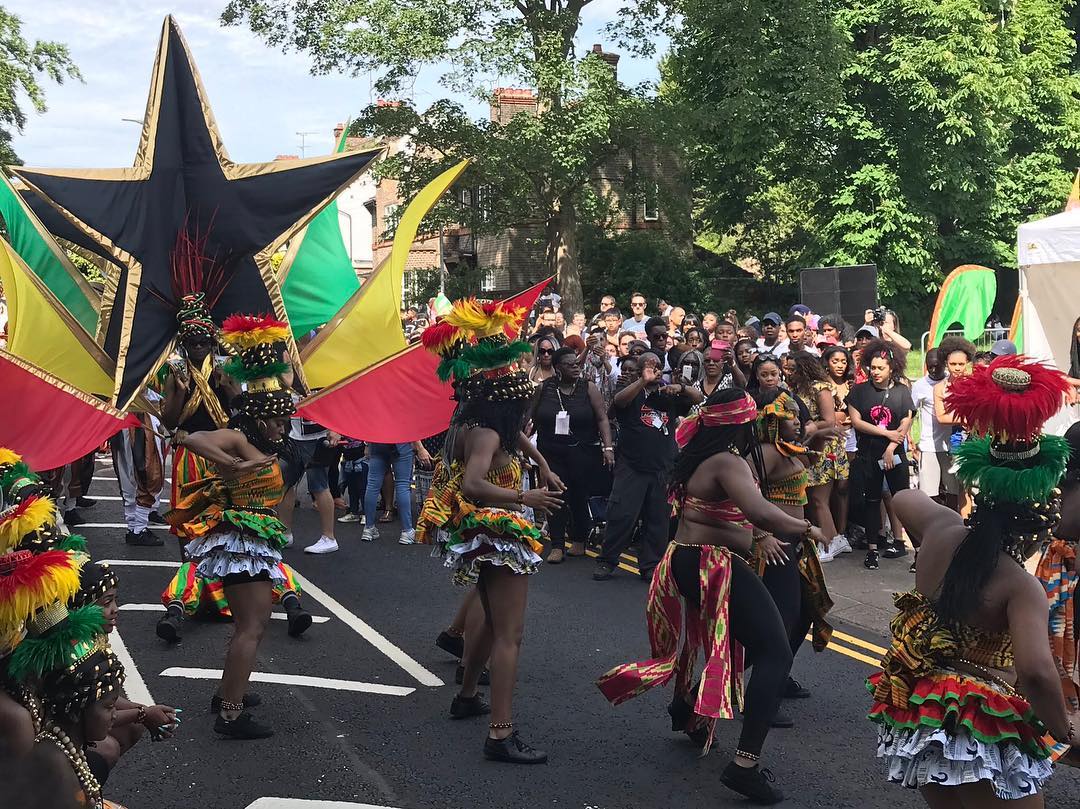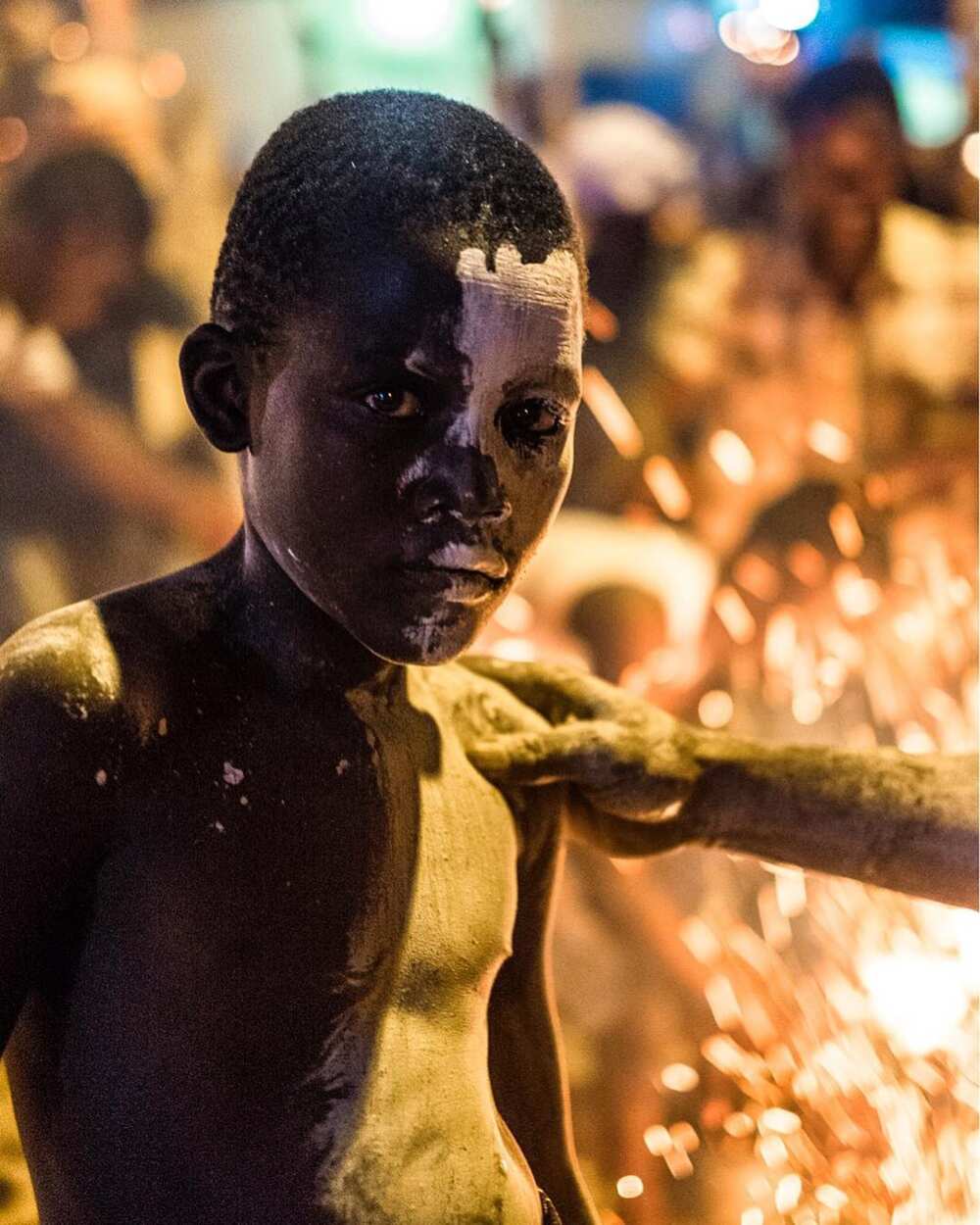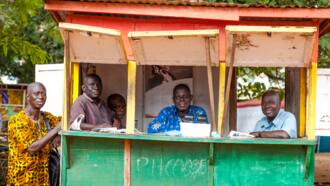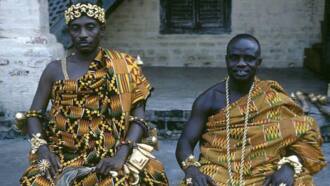Dagbani: basic phrases and interesting facts
Ghana is one of the western African countries that are fascinating multiple people across the globe due to theirrich culture and history. One of the most exciting languages spoken by a specific ethnic group in the country is known as the Dagbani. It is slowly becoming famous due to its impressive alphabet. It is also getting popular day by day because it is being embraced in schools and radio stations.

Source: Instagram
Have you heard of the Dagbani language and have no idea what it is or which community speaks it? Read through this article to identify what this language entails, which community speaks it, and a sample of the phrases in the Dagbani language.
READ ALSO: Inusah Mohammed: The Success Book Club founder changing the reading culture in Nima
The top exciting facts about the Dagbani

Source: Instagram
Do you have an interest in the Dagbani language and have no clue about what it encompasses? Take a look at these incredible things you need to know about Dagbani:
- Dagbani is a language that is spoken by about one million, one hundred and sixty thousand Dagomba people. This is not a small number of people, which goes to mean that the language is quite popular in Ghana. It is ranked among the most dominant languages in the country.
- Dagbani language is spoken by an ethnic community in Ghana known as the Dagomba. There are multiple communities in this western country in Africa, and Dagbani stands out from the rest due to its unique features. The Dagbane speak the Dagbani language. This language is quite similar to the Mossi, which is a language spoken primarily in Burkina Faso.
- The Dagomba people are located in the northern part of Ghana. It entails areas such as northeast of Tamale and the other regions which are as far as Yendi. Therefore, do no look for this tribe at the western or southern part of the country. They are primarily located in the northern region.
- The Dagbani are also referred to as the Dagbane, the Dagbamba, or as the Dagomba. Therefore, if you come across individuals referring to the Dagbamba ethnic group, do not be confused about what community this is. It is the Dagbani community.
- Various dialects have come from the Dagbamba language. These include the Nanumba who are also referred to as the Nanuni, Lexical, the Mampruli, and the Kusaal. The Dagomba language is highly similar to these dialects. For instance, it has been proven that the Dagomba's similarity with the Lexical is about ninety-five percent. On the other hand, the Dagomba has been shown to be 89% similar to the Kusaal and 90% identical to the Farefare who are also known as the gur.
- The Dagbane language is being taught in secondary and primary schools to students. It's significant to see a community striving to make its mother tongue being taught in school since it helps in preserving its heritage. Besides teaching the language in school, the Dagbane has also established various radio programs. These radio programs have played a considerable role in creating awareness of the Dagbane style.
- The Dagbamba have various religious beliefs. Unlike other ethnic communities such as the Dangme who have Christianity and the Catholic religion, the Dagbamba only practice traditional religion or Islamic. Therefore, the two primary religions you will find among the Dagbamba are Islamic and traditional religion.
The Dagbani alphabet

Source: Instagram
The Dagbani alphabet is quite different from the standard English alphabet. The English alphabet is written as follows:
A b c d e f g h I j k l m n o p q r s t u v w x y z
However, the Dagbamba alphabet is taught as follows:
a b ch d e ɛ f g gb ɣ h i j k kp l m n ny ŋ o ɔ p r s sh t u w y z ʒ ’
By comparing the two alphabets, we can notice that some letters such as a, b, d, I, j, k, and more are present in the two. However, the problem and difference might come in the pronunciation. Therefore, do not think that just because they are similar they will be pronounced in the same way.
You might come across people online trying to look for the pronunciation of the Dagbani vowels. The primary reason for such searches is to help these individuals in learning the language. Nowadays, it seems people want to learn mere phrases to help them communicate with the Dagbamba residents. If you are searching for some of the basic phrases among the Dagbamba, then here is an example of a phrase you can use:
Sal' la sala. Bɛhig' be sokam sanimi, din pa la amii. Suhizɔbo be sokam sani; ka nambɔxu beni. Suhubɔhibo mi bi lan kɔŋ yigunaadam kam sani. Dinzuxu dimbɔŋɔ zaa wuhiya ka dama di tu kamaata ka ti zaa yu tab' hali ni ti puuni.
When this phrase is translated into the English language, it would mean the following:
All individuals are born free and with equal rights and dignity. They are filled with the skills of sound reasoning and conscience. Therefore, they should strive to act towards each other in a spirit of brotherhood.
Dagbani is a language that is popularly known as a natural and entertaining language in northern Ghana. Although it has been made compulsory in primary and secondary schools, students do not seem to care or debate because it is a rich language. It goes by other names which include Dagbane, the Dagbamba, or as the Dagomba. With the right guide, one can quickly master the Dagbane alphabet and also successfully pronounce words in this language, as well as write them down.
READ ALSO: Meet African-American lecturer Obadele Kambon who moved to Ghana to promote African culture
Source: YEN.com.gh




